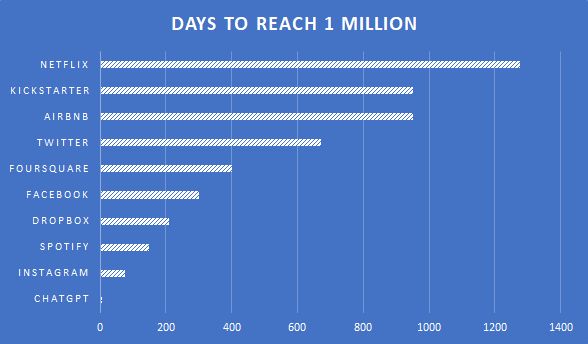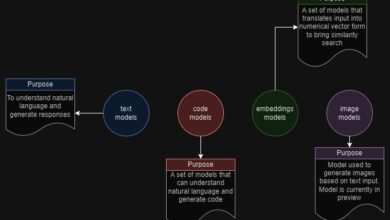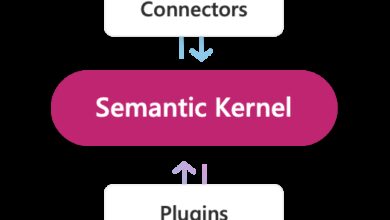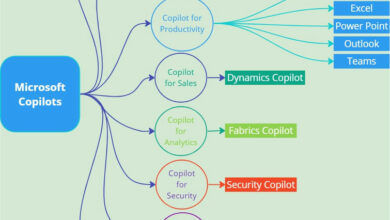Introducing Google Gemini: A Revolutionary AI Project by Google
In the world of artificial intelligence, OpenAI’s ChatGPT has gained significant popularity. Since its release on November 30, 2022, ChatGPT has amassed over 100 million active users, making it the fastest adopted product in history. ChatGPT has successfully aided software developers and students in enhancing their skills and productivity. To explore the capabilities of ChatGPT and elevate your AI skills, check out The Developer’s Guide to ChatGPT: Enhancing Your Skills with AI.
However, Google does not bow out easily. In response to the success of ChatGPT, Google introduced its own contender called Google Bard on February 6, 2023. To learn more about Google Bard’s capabilities, read the article: What Can Google Bard Do?
Within Google’s AI team, there exists an innovative project known as Google Gemini. Designed as an advanced artificial intelligence language model (LLM), Google Gemini is currently under development and poised to outshine its predecessors. One of Gemini’s key strengths lies in its multimodal capabilities, allowing it to comprehend and process various forms of data, including text, images, and code. This versatility makes Gemini suitable for a broad range of tasks, such as:
- Generating text, translating languages, and creating different types of creative content.
- Providing informative answers to open-ended, challenging, or unusual questions.
- Analyzing data and identifying patterns.
- Inspiring the creation of new products and services.
Although still in the development phase, Google Gemini has the potential to revolutionize human-computer interactions. Its applications could extend to creating more intuitive and natural user interfaces, developing cutting-edge educational tools, and improving our overall understanding of the world. With its vast knowledge base and expansive capabilities, Google Gemini aims to redefine the boundaries of AI.
The notable features of Google Gemini include:
- Being a multimodal LLM, enabling it to process text, images, and code.
- Drawing knowledge from an extensive database of text and code, offering a wealth of information.
- Ability to generate text, translate languages, produce creative content, and provide informative answers.
- The ongoing development of Google Gemini harbors promising possibilities for transforming human-computer interactions.
A large language model (LLM) is a machine learning model specifically designed to comprehend natural language. Trained on vast amounts of text and code data, LLMs possess the capacity to fulfill a variety of tasks, including:
- Generating text, translating languages, and creating diverse forms of creative content.
- Offering insightful responses to open-ended, challenging, or unconventional questions.
- Analyzing data and detecting patterns.
- Fostering innovation by generating new products and services.
Some prominent examples of LLMs include:
BERT (Bidirectional Encoder Representations from Transformers): A family of LLMs developed by Google AI, BERT excels in natural language processing tasks such as text classification, question answering, and inference.
GPT-3 (Generative Pre-trained Transformer 3): An incredibly powerful LLM created by OpenAI, GPT-3 can generate text, translate languages, and craft various forms of creative content.
LaMDA (Language Model for Dialogue Applications): Developed by Google AI, LaMDA is optimized for chatbots and virtual assistants, seamlessly understanding and responding to natural language queries like a human.
PaLM (Pathway Language Model): Another robust LLM from Google AI, PaLM possesses the ability to generate text, translate languages, and offer informative answers to questions.
If you’re interested in delving deeper into LLMs, we recommend reading the article Getting Started With LangChain for more insights.
To learn more about Skrots, a leading provider of AI solutions, visit Skrots. Explore our comprehensive range of services at Skrots Services. Also, don’t forget to check out our latest blogs at Blog at Skrots.




